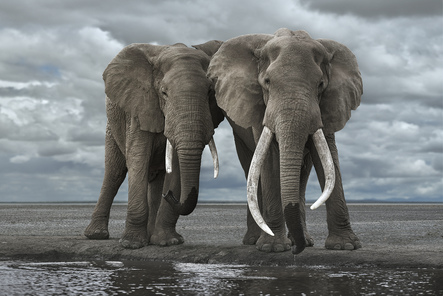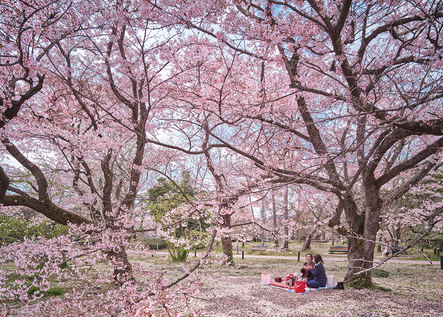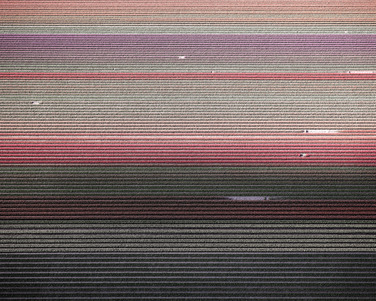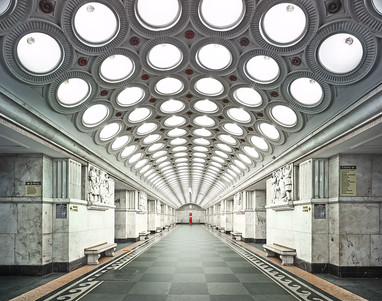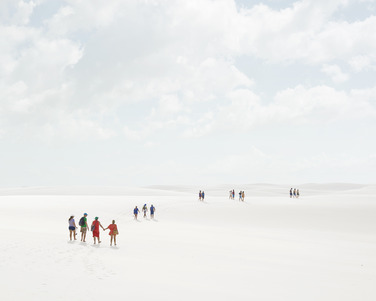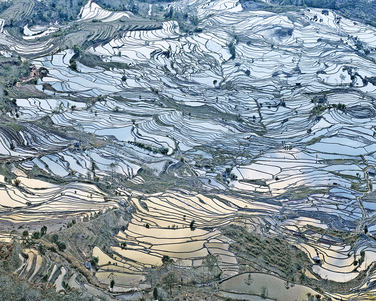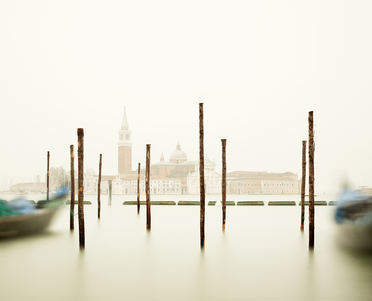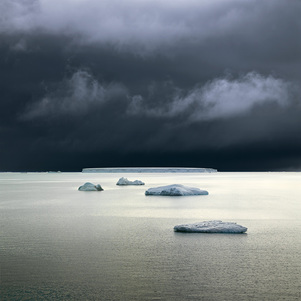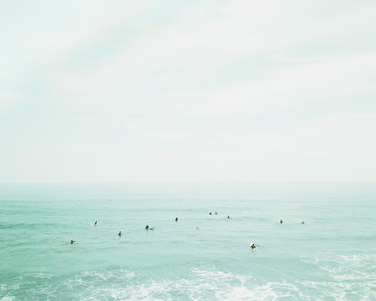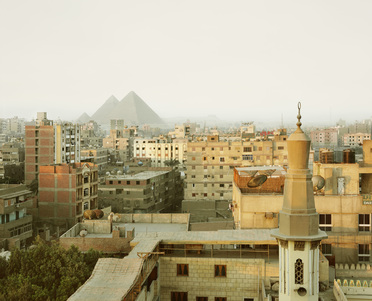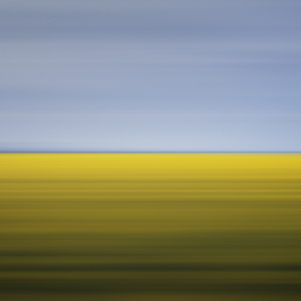This project Before Ever After was less about documenting the dwindling
species than it was an effort re-present them in a distinctly contemporary way. The images are to serve as a reminder that such animals are not mythical beasts, but earthly proprietors whose human tenants are both their greatest danger and only hope. Forsaking novelty for personhood, the work argues that animals are beings as deserving of the protections we expect ourselves.
species than it was an effort re-present them in a distinctly contemporary way. The images are to serve as a reminder that such animals are not mythical beasts, but earthly proprietors whose human tenants are both their greatest danger and only hope. Forsaking novelty for personhood, the work argues that animals are beings as deserving of the protections we expect ourselves.
Japan is primarily Buddhist, but what defines it even more than religion is it’s rigorous and distinct sense of aesthetics, one that is built from the celebration of seasonality dating back nearly 2000 years. The weather has informed every aspect Japan from its art, to poetry and cuisine. To be in Japan is to be in a constant recognition and engagement of the seasons. The cherry blossom would be its most poignant example. The flower isn’t just a symbol of Japan - it is THE symbol of Japan. Nowhere on earth is a piece of nature so intrinsic to a country's identity than here. Japan without the cherry blossom would be inconceivable - like our alphabet without vowels. When photographing the silk flower vendors In Yiwu, I wondered just that. What if the trees simply stopped blooming and we were left with only a synthetic replica made of plastic and wire. As nature continues to receded in the wake of human progress and we loose entire ecosystems across our planet this becomes a real possibility. Is a manufactured/ artificial nature enough for us? What would a world be like without nature? How do we define beauty? Do we even care?
Captured in Western Australia, Utah's Great Salt Lake and the Mojave Desert, this series of salt pans and dry lake beds investigates the hybridized result of human-made structures and organic forces.
Aerial images of Tulip fields in Noordoostpolder, Netherlands.. Made during the spring seasons of 2015 -2016 from an open door hellicopter and heavy lift drone with a high rezolution 100mp digital camera.
The Russian Metro is a lesson in Russia’s history and architecture. As you make your way through the system, the history of the city’s past eighty years manifests itself before your eyes. The stations range in design, from palatial baroque marble and granite structures to modern iron and glass, revealing the aeshetics ideals , hopes and failures of communist Russia.
Purposefully Juxtaposed next to Russia’s finest cultural intuitions, these images reveal that these stations were conceived of as more than transitional spaces. Instead, they were to be experienced as underground palaces, an extension of the urban fabric; a deliberate ideological move to eulogise the young Soviet country
Purposefully Juxtaposed next to Russia’s finest cultural intuitions, these images reveal that these stations were conceived of as more than transitional spaces. Instead, they were to be experienced as underground palaces, an extension of the urban fabric; a deliberate ideological move to eulogise the young Soviet country
My photography is discovery-driven and, like many photographers, I have an intense curiosity about the world around me. In this instance, I am photographing the landscape as a sort of dream state, where we float above and wander through its geology with no prescribed destination.
I see each image as a specific essay on place, a survey of terrestrial phenomenon and the traces we as humans leave behind. From the piles of sand infused with sacred significance to the ancient hillsides meticulously terraced from valley to peak, they seem to simply ask, “How do you, as human beings, experience the earth?”
I see each image as a specific essay on place, a survey of terrestrial phenomenon and the traces we as humans leave behind. From the piles of sand infused with sacred significance to the ancient hillsides meticulously terraced from valley to peak, they seem to simply ask, “How do you, as human beings, experience the earth?”
